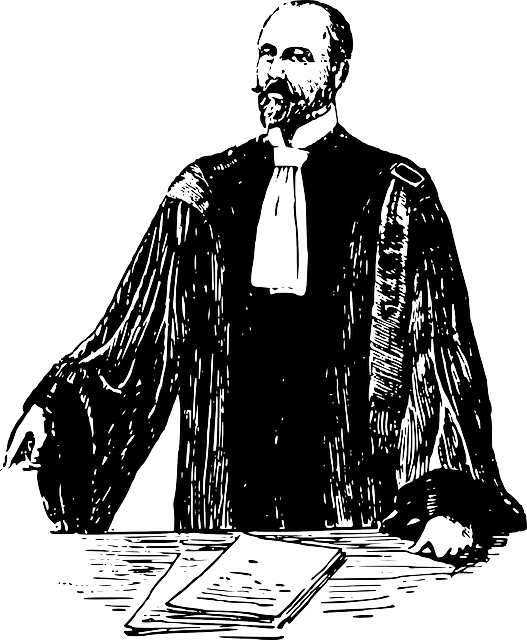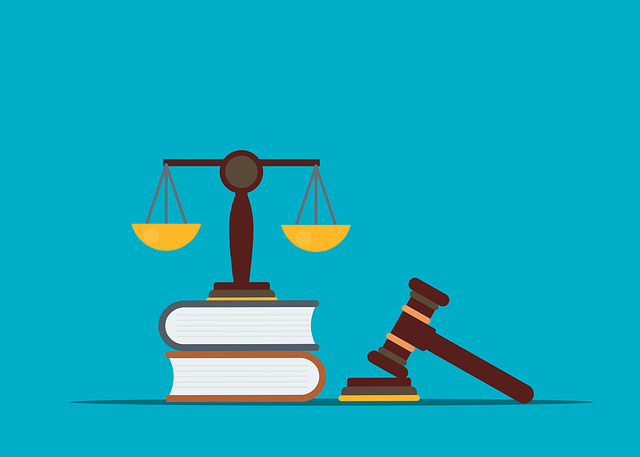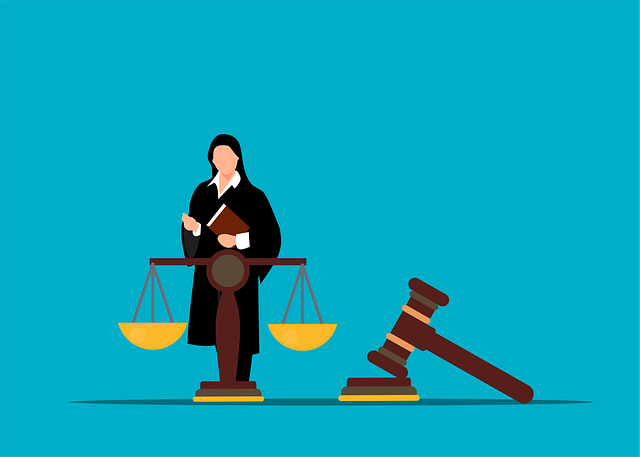Bicycle accidents in urban settings pose heightened risks of severe bicycle accident head injury due to heavy traffic and complex cityscapes. Victims may suffer concussions, skull fractures, or brain bleeding from collisions with vehicles, cyclists, or pedestrians. Mitigating these risks involves cyclist vigilance, protective gear (especially properly fitted helmets), strict adherence to traffic rules, immediate medical attention for suspected injuries, and legal counsel in cases of driver negligence – all crucial components in preventing and managing bicycle accident head injury.
In urban areas, bicycle accidents leading to head injuries are a growing concern. This article delves into the unique risks faced by cyclists in city environments, exploring how these hazards contribute to severe head trauma. We analyze common scenarios, identify risk factors, and discuss prevention strategies. Additionally, understanding post-accident care is crucial for mitigating long-term effects of bicycle accident head injuries. By addressing these aspects, we aim to enhance cyclist safety in urban settings.
- Understanding Bicycle Accident Head Injuries: The Urban Landscape
- Risk Factors and Common Scenarios in Urban Bike Crashes
- Prevention Strategies and Post-Accident Care for Head Trauma
Understanding Bicycle Accident Head Injuries: The Urban Landscape
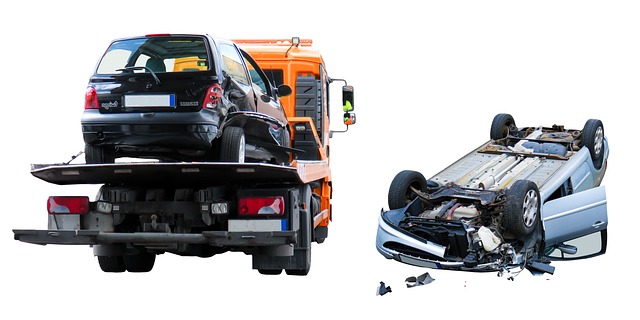
Bicycle accidents in urban settings present unique challenges when it comes to head injuries. The bustling cityscape, with its labyrinthine streets and heavy traffic, increases the risk of collisions for cyclists. When a bicycle collides with a vehicle or experiences a sudden fall, the head is often the most vulnerable part of the body, leading to potential severe injuries. Understanding these risks is crucial for both cyclists and motorists alike. Cyclists must be aware of their surroundings, wear protective gear, and follow traffic rules rigorously to minimize accidents.
In urban areas, where space is limited and movements are fast-paced, even minor accidents can result in significant head trauma. This is particularly true when a cyclist is struck by a larger vehicle or involved in a collision with another bicycle or pedestrian. The impact can lead to concussions, skull fractures, brain bleeding, or other critical conditions. Seeking immediate medical attention after any suspected head injury is essential, and consulting an experienced accident lawyer or truck accident attorney may be necessary if insurance coverage disputes arise due to such incidents.
Risk Factors and Common Scenarios in Urban Bike Crashes

In urban settings, bicycle accidents can lead to a range of head injuries due to several risk factors. One of the primary scenarios involves collisions with motor vehicles, where cyclists are particularly vulnerable. The high speed and weight disparity between bikes and cars significantly increases the risk of severe head trauma for cyclists. Another common scenario is falling from bikes, especially in areas with poor infrastructure or irregular road surfaces. These accidents can result in concussions or more critical injuries, highlighting the importance of proper protective gear and well-maintained roads.
Additionally, complex urban environments present unique challenges. Cyclists may face distracted driving, abrupt turns, or inadequate signaling from motorists, making them susceptible to unexpected collisions. The proximity of bikes to heavy traffic and narrow streets further complicates matters. In case of medical negligence following such accidents, a car accident lawyer can provide crucial legal representation to ensure justice and adequate compensation for victims suffering from bicycle accident head injuries.
Prevention Strategies and Post-Accident Care for Head Trauma
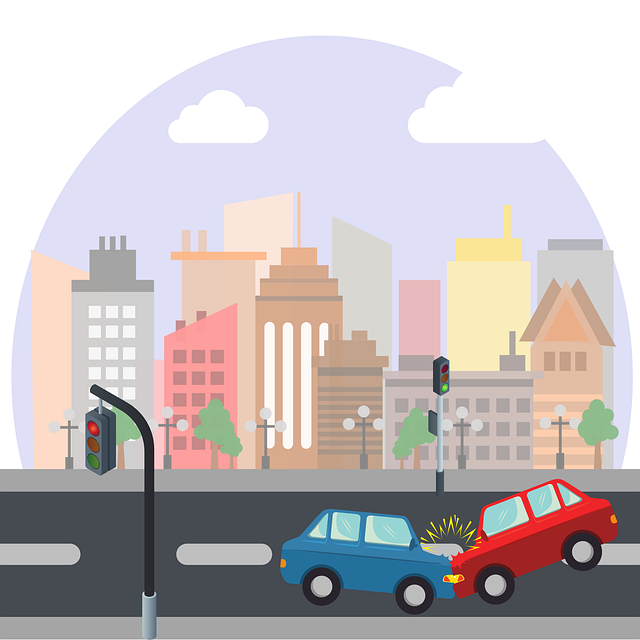
Preventing bicycle accidents that lead to head trauma is a multifaceted approach. Helmets remain the first line of defense, ensuring proper fitting and adhering to safety standards. Urban cyclists should also familiarize themselves with traffic laws, using bike lanes when available, and signaling intentions clearly. Improving visibility through reflective clothing and lights, especially during low-light conditions, can significantly reduce the risk of collisions.
Post-accident care for individuals suffering from a bicycle accident head injury is crucial. Immediate medical attention should be sought to assess and treat any trauma. For milder cases, rest and observation are recommended. However, in severe instances, emergency surgery or long-term rehabilitation may be necessary. Individuals involved in such accidents should consult with a personal injury attorney specializing in bicycle accidents to understand their legal rights and options for compensation, especially if the incident involves negligence from motor vehicle drivers. Unlike contract disputes, which can arise from business transactions, these cases focus on seeking justice and fair compensation for victims’ injuries, including bicycle accident head injuries.
Bicycle accidents in urban settings can lead to serious head injuries, highlighting the need for both preventative measures and swift post-accident care. By understanding risk factors, common scenarios, and implementing effective strategies, riders can mitigate the potential for head trauma. Remember that education and preparation are key to navigating the urban landscape safely. Always prioritize your well-being by wearing protective gear, adhering to traffic rules, and staying vigilant while cycling in urban areas to reduce the likelihood of a bicycle accident head injury.



